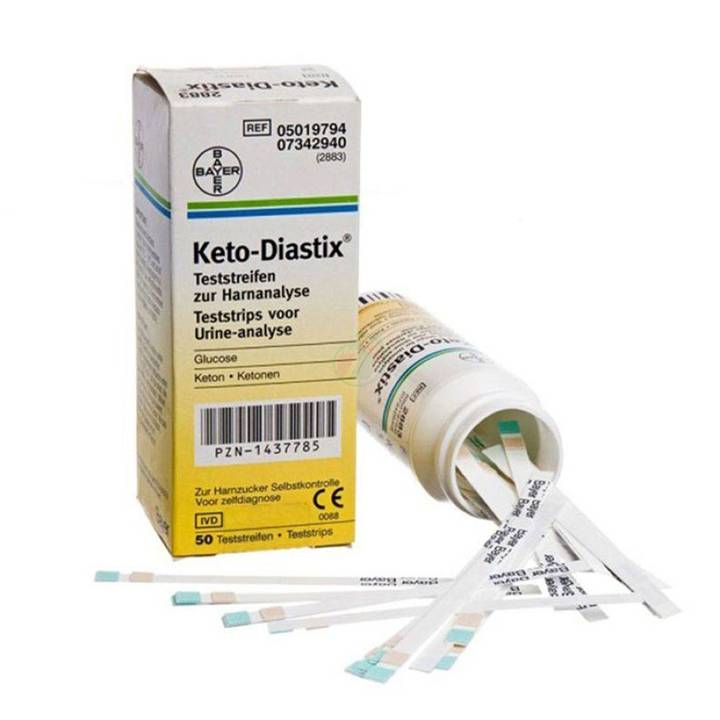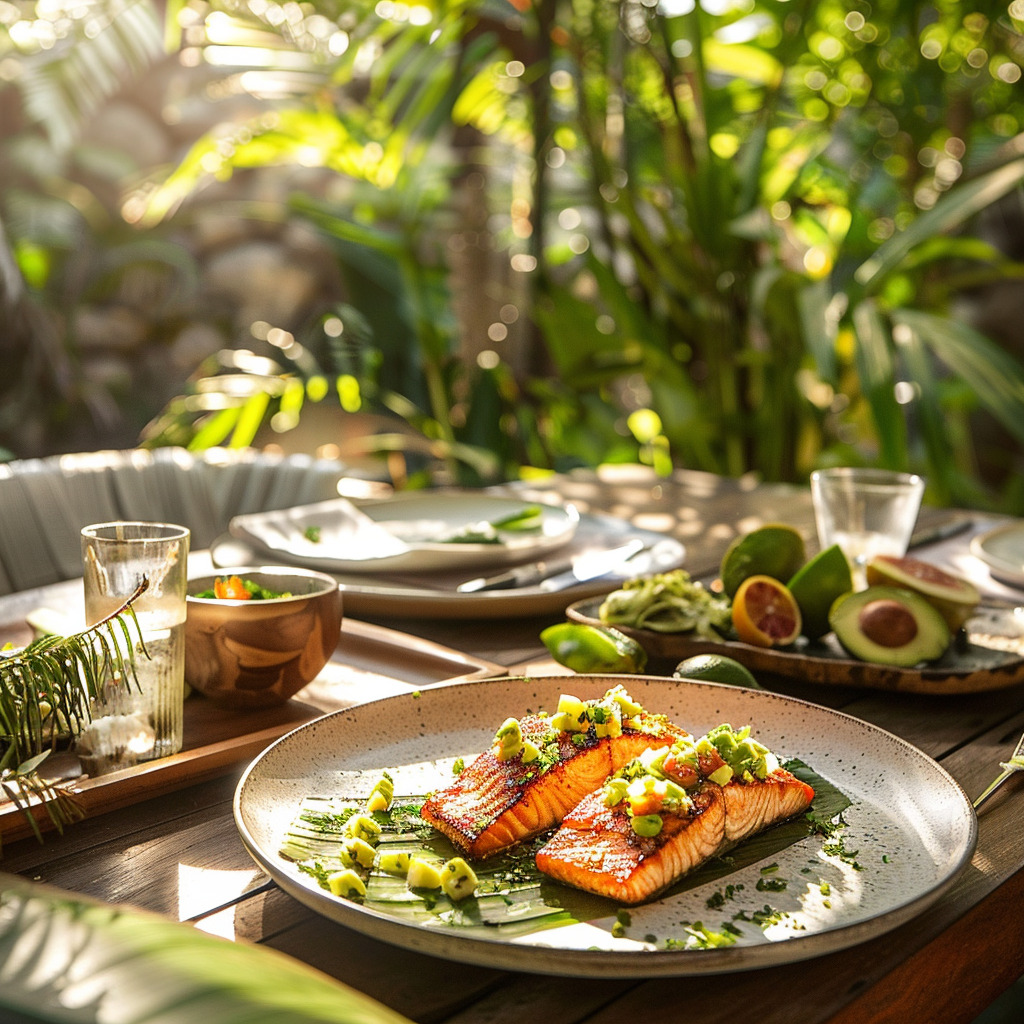
Picture this: You’ve decided to embark on a ketogenic diet journey, seeking its numerous health benefits and potential weight loss. You’ve heard about something called keto urine strips, but you’re not quite sure what they are or how they can help you. Fear not, for in this article, we will explain more about urine strips, demystifying their purpose, usage, reliability, and limitations.
Understanding the Ketogenic Diet
Before we begin on the specifics of keto urine strips, let’s quickly recap the ketogenic diet. It’s a low-carb, high-fat diet that focuses on inducing a metabolic state called ketosis. In this state, your body shifts from relying on glucose for energy to burning stored fat instead. The result? Improved energy levels, potential weight loss, and various health benefits.
What Are Keto Urine Strips?
Now that we’ve refreshed our memory on the ketogenic diet, let’s uncover the mystery behind keto urine strips. Simply put, they are small strips designed to measure the presence of ketones in your urine. Ketones are byproducts of fat metabolism that indicate your body’s transition into ketosis.
These strips are usually made of a reactive pad that changes color in the presence of ketones. By examining the color change on the strip after urinating on it, you can estimate the level of ketones in your body.

Keto-Diastix Ketone Test Strips
Purpose and Usage of Keto Urine Strips
The primary purpose of keto urine strips is to help you determine whether you’ve entered a state of nutritional ketosis. Nutritional ketosis is the desired metabolic state where your body is efficiently utilizing ketones for fuel.
Using keto urine strips is fairly straightforward. After following the instructions provided with the strips, you’ll collect a small urine sample and apply it to the reactive pad. Within seconds, the pad will change color, indicating the presence and concentration of ketones.
These strips can be valuable tools for tracking your progress and adherence to the ketogenic diet. By monitoring your ketone production and the depth of ketosis, you can make adjustments to your diet and lifestyle to optimize your results.
Reliability and Limitations of Keto Urine Strips
While keto urine strips can provide useful insights, it’s essential to understand their reliability and limitations. Several factors can influence the accuracy of the results. For example, individual hydration levels can affect the concentration of ketones in urine, leading to variations in strip readings.
It’s also important to note that keto urine strips only provide a qualitative measurement of ketones, indicating their presence or absence. They do not provide precise or quantitative data. Additionally, certain medications or supplements can interfere with the accuracy of the readings, leading to potential inaccuracies.
Comparing Other Ketone Measuring Methods
For a more accurate and precise assessment of ketone levels, alternative measuring methods exist. Blood ketone meters, for instance, offer a more accurate measurement of ketones by analyzing a blood sample. Similarly, breath ketone analyzers can estimate the level of ketones in your breath. These methods, however, may require additional equipment and are often more expensive.
Best Practices for Using Keto Urine Strips
To ensure accurate and consistent results when using keto urine strips, follow these best practices:
- Read and follow the instructions provided with the strips carefully.
- Maintain consistent hydration levels throughout testing.
- Avoid testing immediately after consuming large amounts of liquid or after intense physical activity.
- Use the strips as a supplementary tool alongside other indicators, such as your overall well-being and energy levels.
Keto urine strips can be valuable allies on your ketogenic journey, providing insights into your ketone levels and helping you track your progress. While they have limitations and may not offer precise measurements, they serve as a useful tool for those following a ketogenic diet. Remember, the key to success lies not solely in the readings of the strips but in how you feel and the overall progress you make towards your health and wellness goals. So, embrace the power of keto urine strips, but also listen to your body and trust your journey to a healthier, more vibrant you.








